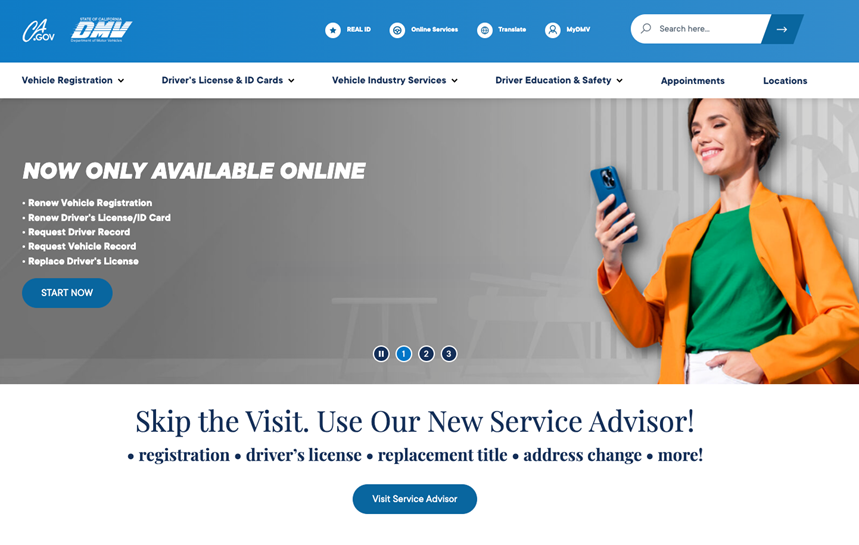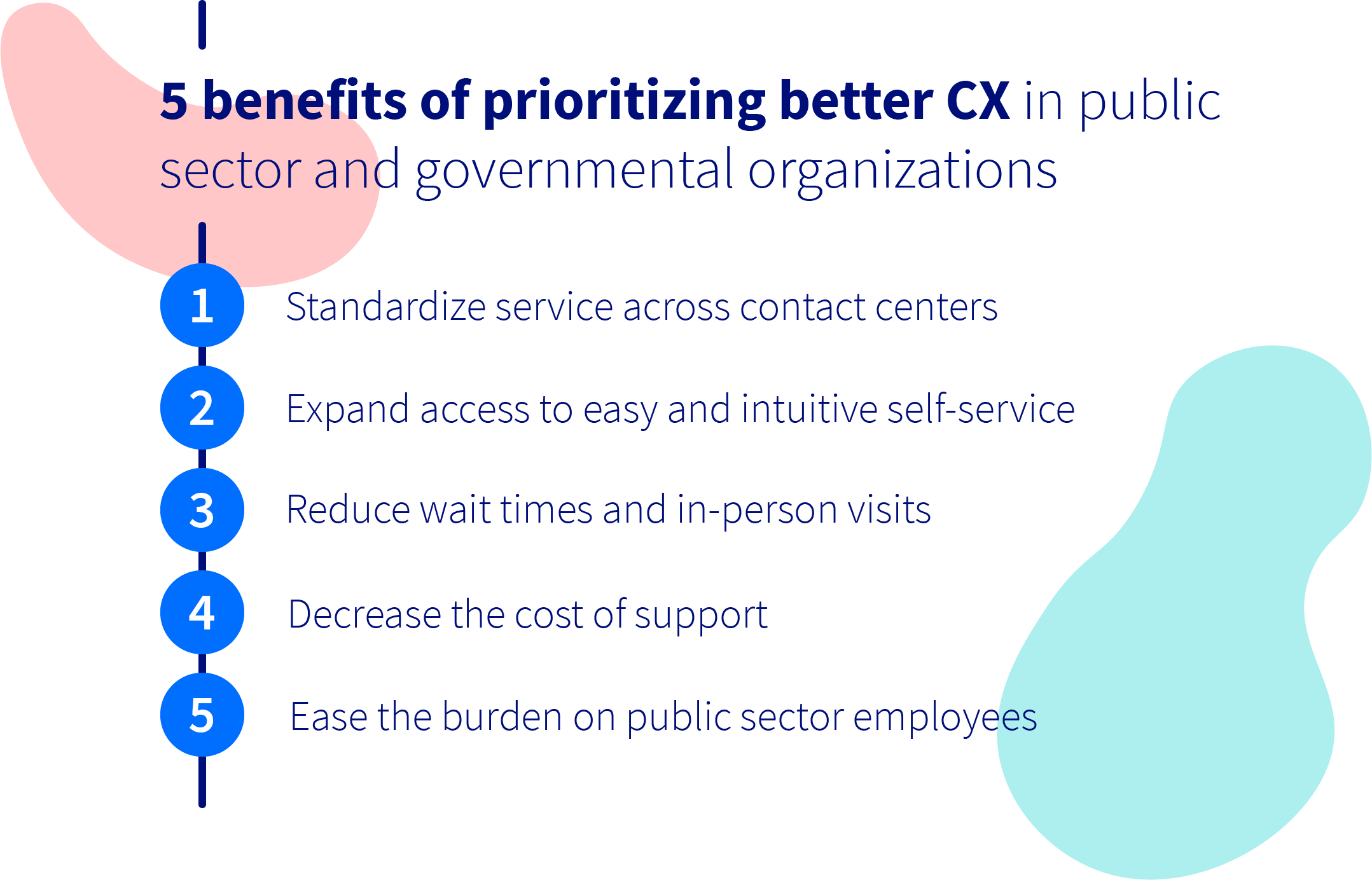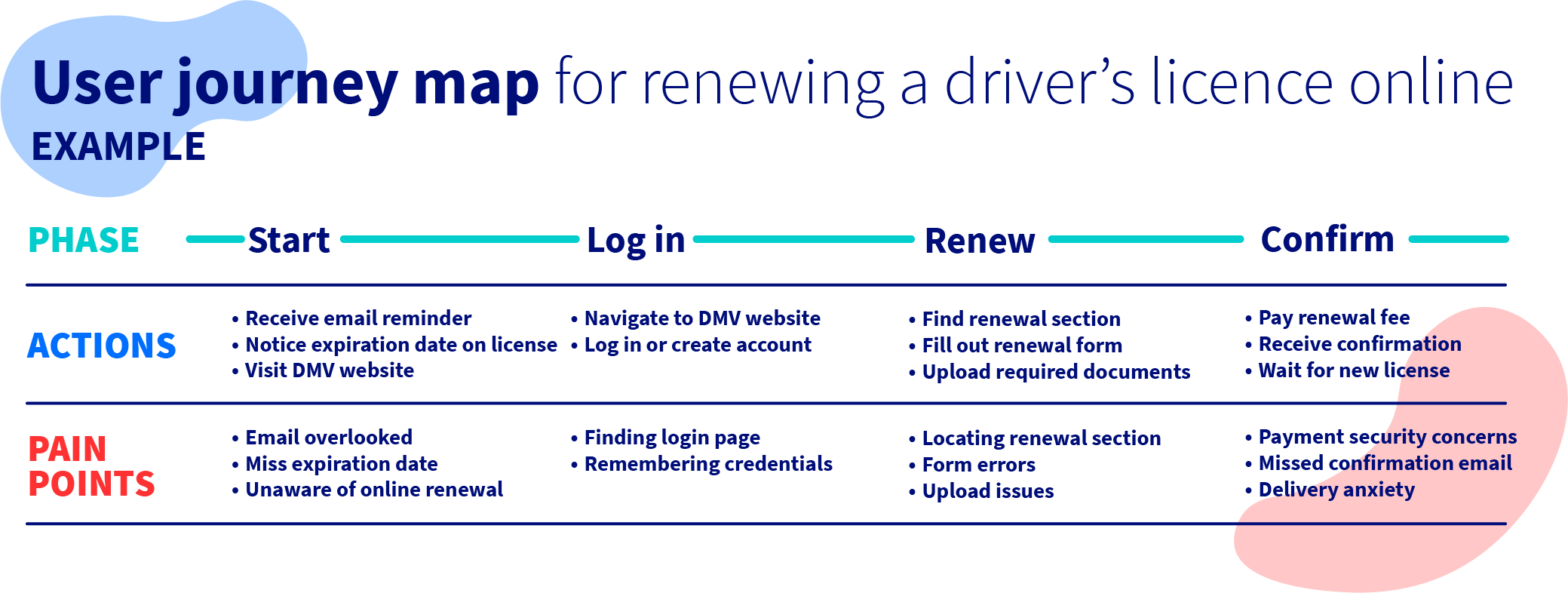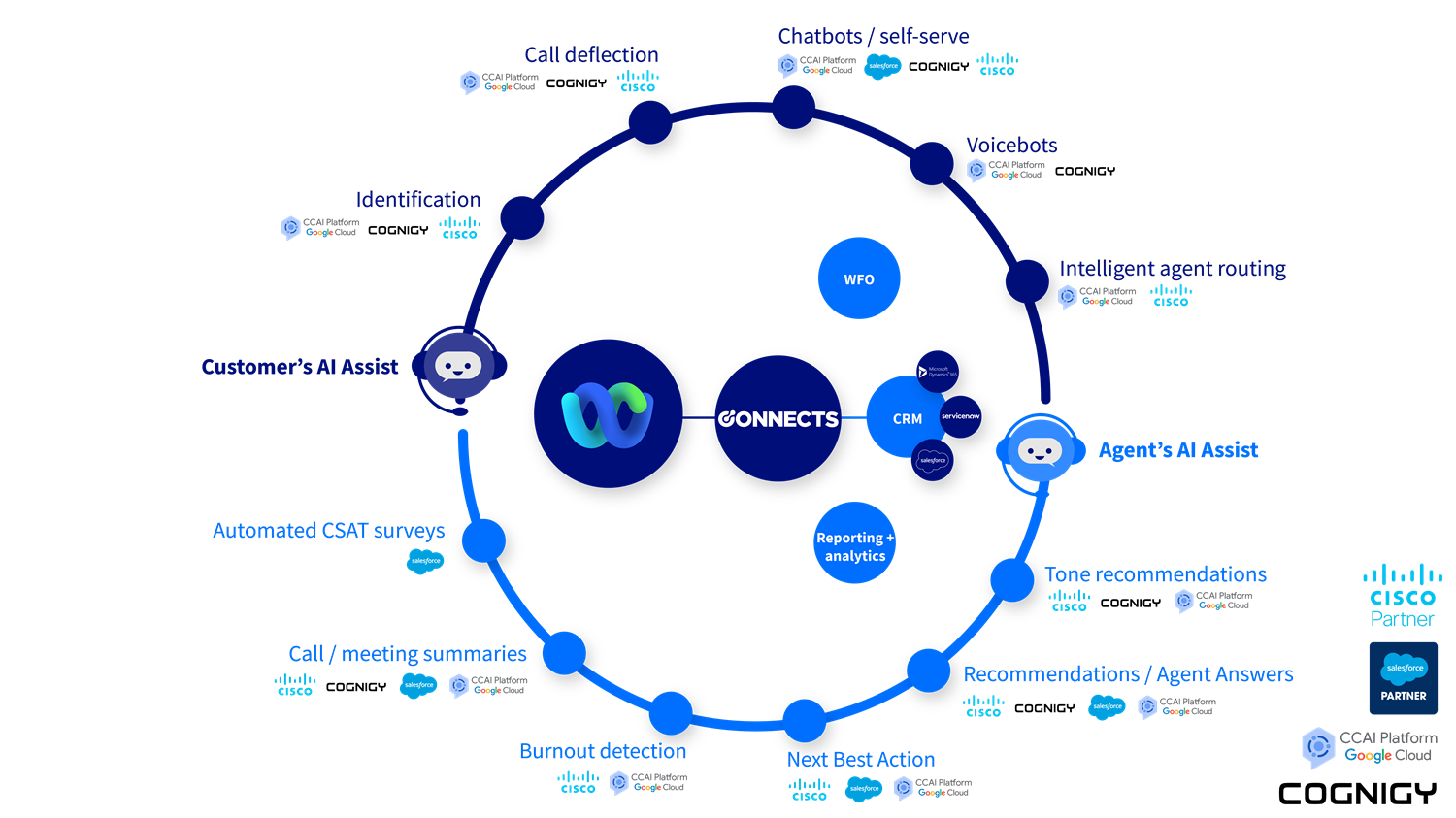“If only I could do this online…”
Ever the refrain of public citizens who need to interact with their public services. Especially in the United States. According to a Deloitte report, more than half (53%) of U.S. respondents find it frustrating to access public services. Overall, state and federal government services are well behind private-sector companies in terms of customer satisfaction.
To their credit, public sector organizations have more than digital customer experience (CX) to contend with. Most are dealing with an endlessly high volume of traffic and queries on top of limited (or restricted) resources.
Some are making significant efforts to close the digital CX gap. Here’s an example of the DMV website serving California, the world’s fifth largest economy. It recently underwent an overhaul featuring a “user-friendly layout that allows customers to easily access services and information.”

Look at what the architects of this overhaul prioritized on the homepage: digital self-service. You immediately find quick-start tasks in the above-fold hero section, presumably based on the most common things that visitors need to do at the DMV. Immediately afterward, there’s an assisted search experience (“Visit Service Advisor”) designed to get people to what they need faster based on keywords.
It may not be perfect, but it’s a step toward what people want: frictionless self-service. The good news is that the digital CX solutions available to the public sector have never been stronger.
Why digital CX is so important in the public sector
If nothing else, efforts like these point to the massive potential of digital CX in the public sector. The California DMV website receives 6 million visitors a month and 2.1 million online transactions. By some estimates, these new services could attract 200,000 in-person visits a month.
The benefits of prioritizing digital CX in the public sector reflect the aligned goals of both public sector organizations and the people they serve:

Then there are the less tangible, but equally important benefits, such as increasing trust in government services and improving civic engagement. Clearly, the public benefit is there. So, how can public-sector organizations go about improving digital CX?
Strategies for better digital CX in the public sector
The California DMV use case embodies much more than an “update the website” approach to digital CX. A digital CX initiative involves far more, from the needs of the end users to the technology and digital channels that help to meet them.
1. Understand what your people need to do online
In How US government leaders can deliver a better customer experience, McKinsey & Company urges public sector organizations to study what’s missing. Where does the most friction arise? What about accessibility and access across different communities?
As with the California DMV example above, the numbers can tell you a lot. If the goal for your digital CX initiative is to make self-service the best first choice, identify the high-volume transactions that could feasibly be handled online.
If the goal is to improve existing self-service options, identify common journeys (filing paperwork for a new business, for example) and map them to existing digital pathways. Are there high-friction touchpoints? Content gaps? Use existing data to shape and prioritize the stages of your initiative.

“Understand your customers” is the first principle in Deloitte’s three-principle framework for customer experience in government. In it, they share the story of NYC Business Atlas, which after doing the hard work of understanding their customers, built a free online portal. Much of the architecture was informed by years of existing data—the secret was using advanced analytics to finally tap into the salient insights.
2. Update the technology
In this day and age, any public sector CX project will require some investment in technology. Toward what and how much will depend on the situation. Typically, these three high-level areas require attention:
Communication and collaboration
These tools can support better service-user communication and improved knowledge sharing, uplifting service delivery overall. For many public sector companies, the gold standard is a centralized, cloud-based platform for internal and external communications—one that integrates with their existing contact center and/or CRM.
Contact center
Because so much of public sector CX centers around customer service, your contact center platform provides a critical backbone. A contact center platform should enable:
- Unified CRM-based desktop for service agents that improves productivity
- Intelligent, skills-based routing
- Voicebots and conversational AI, where deemed pertinent
- Strong security and compliance, especially when dealing with citizen data

Customer experience management
Whether assisted or self-service based, customer interactions must be tracked and managed from start to finish, wherever and whenever they happen. For routine, highly-repeated interactions that don’t require human assistance, a CX management platform can provide customers with 24/7 self-service options and intelligent virtual agents.
3. Expand digital service channels
Phone-based, email-based, and in-person service options remain critical to the public sector. Some issues simply cannot be resolved without them. For those that can, people need options in their digital channels of choice, which now include:
- Online self-service
- Virtual chatbots/assistants
- Social media platforms
- Text messaging and communication apps (WhatsApp, for example)
- In-product and in-app experiences
4. Orchestrate common journeys
Customer experience is Priority #2 on the so-called President’s Management Agenda in the United States. One of the key aspects of this priority is improving the experience by identifying and improving common customer journeys. These journeys tend to coincide with emotional life events and, as a result, are prone to increased frustration. For example:
- Having a child
- Disaster recovery
- Navigating the transition to retirement
- Transitioning from military service to civilian life
- Dealing with a financial setback
Are there common journeys for the population you serve that should take priority over others? Your overall digital CX strategy should align with and support these journeys first. Again, we can hearken back to the California DMV for a real-world example of this process.
Bringing human needs and digital capabilities together
Given the complexities of public sector and government services, there is no one-size-fits-all solution to digital CX. Yet there are a few underlying pillars that support these initiatives across the board:
- Existing citizen data to identify top priority areas
- Updating technology stacks for better efficiency, flexibility, and scalability
- Incorporating new channels and paths for digital self-service
- Orchestrating an omnichannel experience for everyday service journeys
Of course, technology plays a critical role in improving government digital CX. How and when you choose the right solution depends on what’s best for your employees and those they serve.
Learn how Bucher + Suter is helping public sector and governmental organizations deliver better service with less agent input, by contacting us below.





